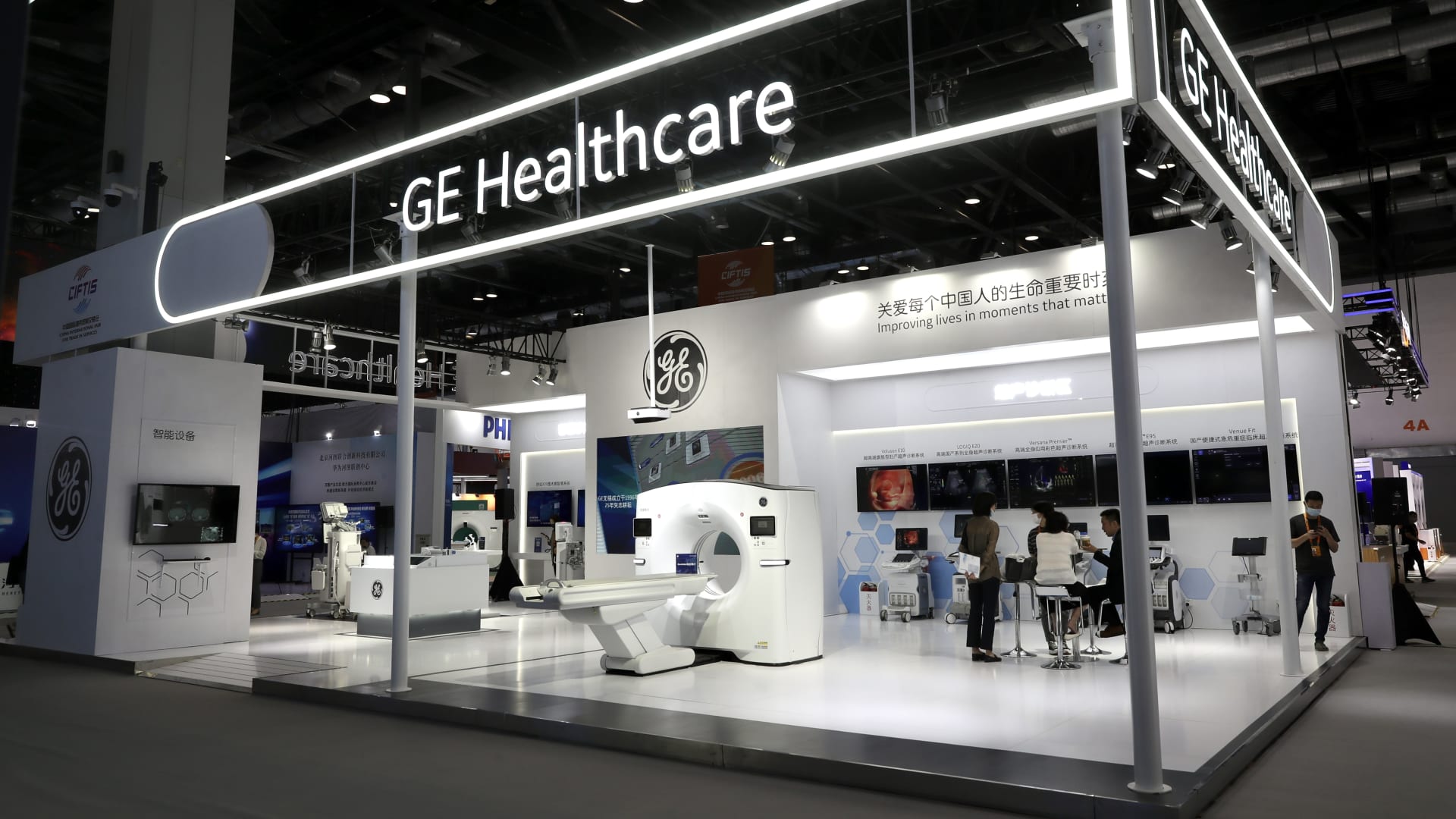
With the recent rise in stock value, GE Healthcare is on course for a record close, marking its first time above $90 per share since mid-October. The stock faced a sharp decline during the last quarter of 2024, following a strong summer in which it hit a historic peak in late September. We had taken profits during that peak, but it was difficult to see GE Healthcare finish the year on such a downturn, likely due to increasing bond yields affecting borrowing costs for hospitals acquiring their high-priced equipment like MRI machines. We bought back into our position at approximately $82 per share in late November.
Early sentiment for the stock, as well as the broader health-care industry, has shown considerable improvement heading into 2025, allowing us to capitalize on additional profit-taking last week to mitigate risks ahead of earnings announcements. Thankfully, this strategy proved effective. As of Thursday, GE Healthcare shares were up nearly 10%, and the earnings report indicates there’s potential for continued growth. We are maintaining our hold-equivalent rating of 2 on GE Healthcare while raising our price target to $100 per share.
Why GE Healthcare Is a Valuable Investment: As a leader in medical imaging, diagnostics, and digital health solutions, GE Healthcare has positioned itself strongly in the market. Following its separation from General Electric in 2023, the company has been able to enhance its focus on research and development, resulting in innovative products, particularly in artificial intelligence. The introduction of more advanced, higher-priced products and streamlined operations post-split create a compelling case for margin expansion.
Additionally, the anticipated launch of new therapies for Alzheimer’s and the heart disease diagnostic agent Flyrcado will serve as significant growth drivers. Competing with firms like Philips and Siemens, GE Healthcare’s most recent purchase occurred on November 22, 2024, after it began trading independently on May 17, 2023.
Key Takeaways: GE Healthcare’s fourth-quarter performance is impressive, exceeding expectations for adjusted EPS and setting a record for adjusted operating margins at 18.7%, well above the estimated 17.2%. The company projects its operating margin could surpass “20-plus percent” in the future. As finance chief Jay Saccaro noted during Thursday’s call, the fourth-quarter results enhance management’s confidence in this outlook.
In a positive indication of growth, order intake accelerated to 6% in the quarter, the strongest since the second quarter of 2023. The company closed the year with a record backlog of $19.8 billion, reflecting an increase of $200 million since September. Additionally, the fourth-quarter book-to-bill ratio of 1.09 was the highest since separating from General Electric, suggesting a strong order flow, with numbers above 1 indicating the acquisition of more orders than fulfilled.
Moreover, GE Healthcare concluded the year with 85 FDA-approved artificial intelligence-based products, significantly up from 58 a year prior — one of the largest portfolios in the healthcare sector.
2025 Outlook: The standout aspect of GE Healthcare’s report was its guidance for 2025, projecting adjusted EPS between $4.61 and $4.75, with the midpoint exceeding the consensus estimate of $4.66. The company anticipates further profitability enhancements, with adjusted operating margin guidance of 16.7% to 16.8%, compared to 16.3% in 2024, factoring in a minor impact from tariffs.
Furthermore, organic revenue growth is expected to range between 2% and 3%, with a 1.5% setback attributed to foreign exchange. This guidance is particularly noteworthy as it takes into account challenges such as sluggish demand from China and tariffs on Chinese imports, helping to buffer against potential negative surprises from these factors.
Management has indicated that while growth in China saw slight improvement in the fourth quarter, their forecasts still anticipate a decline in sales in the first half of 2025, with expected stabilization in the latter half. This conservative approach is reassuring given the previous revenue struggles due to broader economic challenges in China.
In addition, GE Healthcare is preparing to launch several new products in 2023, notably Flyrcado, a diagnostic agent that enhances the detection of coronary artery disease. Approved by the FDA in September, Flyrcado has robust sales potential, expected to generate around $30 million in revenue this year and projected to reach $500 million annually by 2028 — some analysts even foresee figures potentially double that.
Keeping an eye on Flyrcado’s rollout will be crucial in the coming months, cementing its growing relevance in discussions regarding the company’s future performance. (Jim Cramer’s Charitable Trust is long GEHC; for a complete list of holdings, refer to our resources.) As a member of the CNBC Investing Club with Jim Cramer, you will be notified of trades prior to their execution. Jim observes a 45-minute wait period after issuing trade alerts for stocks within his charitable trust’s portfolio and a 72-hour delay if he has commented on the stock on CNBC TV.
Note: The above information regarding the investing club is subject to our terms and conditions, privacy policy, and disclaimer. There are no fiduciary obligations created by your receipt of any information provided in connection with the investing club, and specific outcomes or profits are not guaranteed.
GE Healthcare booth at the 2022 China International Fair for Trade in Services (CIFTIS) at the China National Convention Center, Beijing, China, August 28, 2022.
Yi Haifei | China News Service | Getty Images









